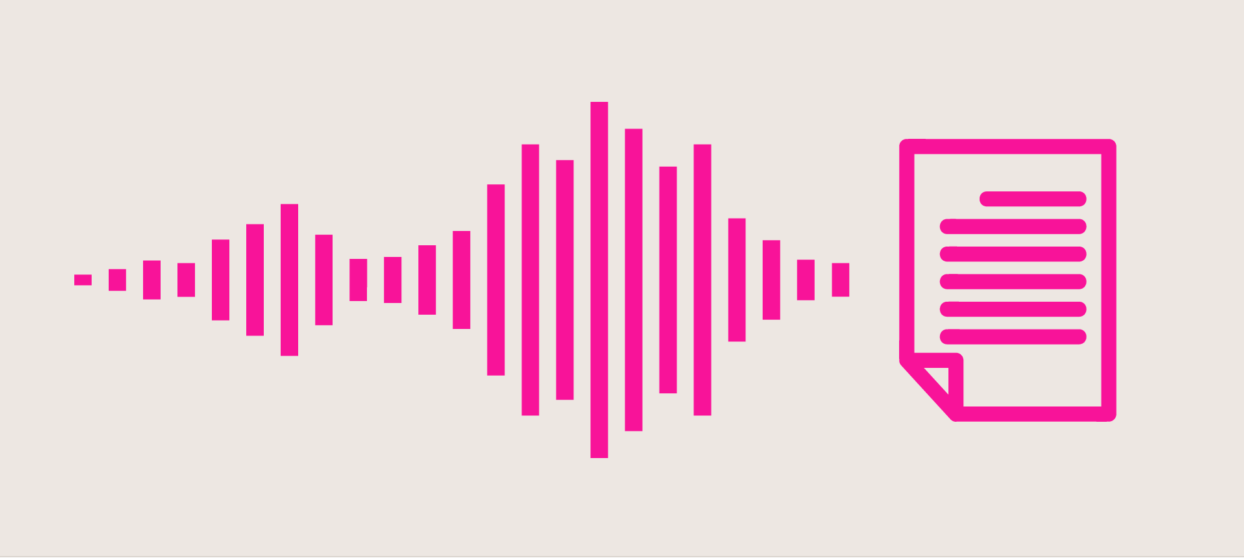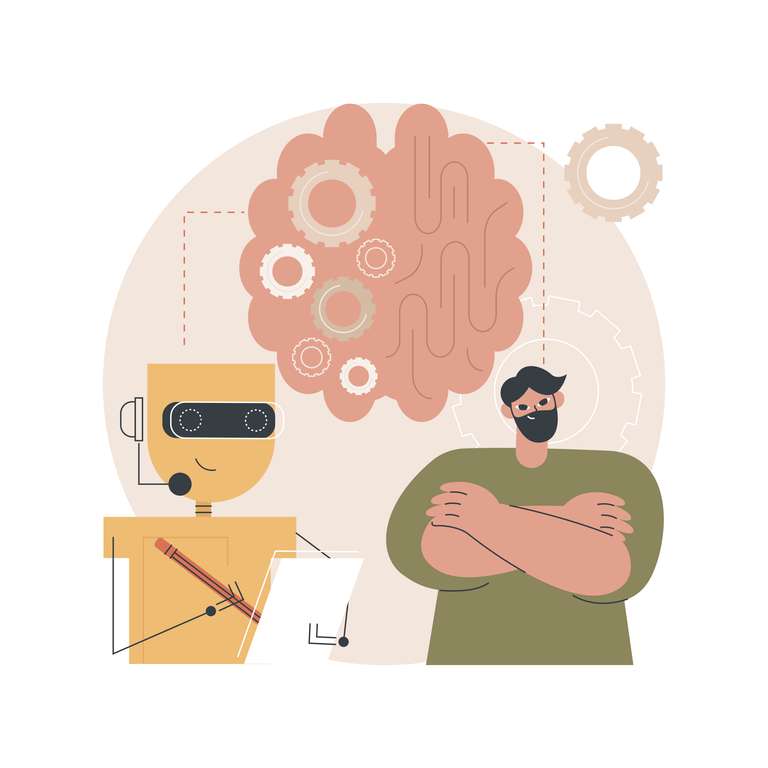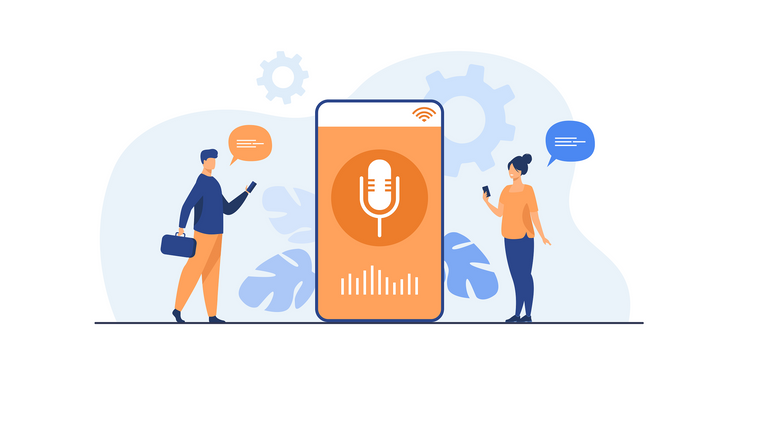How to Maximize Productivity With Speech to Text Software

The past few years have seen speech to text technology go through a phenomenal transformation. With more voice-based communication happening now than ever before, people find speech to text software an easy alternative to typing on Google Docs or creating a new document.
The availability of several intuitive speech to text applications on smart devices has further induced users to transcribe everything they say.
This is also a reason why an increasing number of service providers in the voice recognition domain are working toward making dictation apps even more powerful and have achieved remarkable accuracy.
In this post, we'll explore speech recognition and how it helps in enhancing productivity across a variety of business areas and functions.
Table of Contents
What is Speech to Text Software?
Speech to text is a well-known technology that uses AI and natural language processing to allow applications, computers, and software systems to understand and translate speech data or words fed by humans into text for various use cases and business solutions.
It is a powerful tool that can help individuals and businesses across industries increase levels of productivity. Also known as speech recognition, the software uses specific tools, applications, and devices such as a high quality microphone that can transcribe the audio file in real-time to display text and act on it.
The process works by using artificial intelligence to analyze speech, voice, and language, identify the words that are being said, and then use those words with transcription accuracy as text data.
Speech to text offers several benefits that include time-saving, cost-efficiency, seamless customer experience, and enhanced audio and video content.
In terms of applications, speech to text apps can increase the efficiency of various tasks that are conventionally performed manually, such as transcription, voice recongnition commands, online searches, dictation, and more.
Also read : How Speech Recognition is Changing Language Learning
How Can STT Help Increase Productivity?
Here are a few of the most popular use cases of speech to text for productivity.
A. Transcription of Audio Recordings
Typing descriptions of long audio files after listening to them for hours can be time-consuming and hamper productivity. Speech to text apps can be a helpful tool for transcription, especially for speeches, interviews, or lectures.
B. Use of Virtual Assistants
These apps can be used with virtual assistants (Alexa, Siri, and Google Assistant) to issue voice commands, which is useful when people are tied up with work, driving, or otherwise unable to type.
The best part is that verbal commands can be used to control a range of devices, including smart devices, mobile phones, computers, and even home appliances.
C. Text Analytics
Dictation analytics and tools enable businesses to gain deeper and more valuable insights into conversations that take place between customers and service agents through sentiment analysis. These insights help highlight various areas for improvement to better understand and serve customers, thus, improving overall workplace productivity.
Top Voice Recognition Use Cases
In this section, we'll discuss some of the top use cases of dictation apps.
a. Personal Productivity
Speech to text software can have a number of advantages for anyone looking to enhance personal productivity. One of the key benefits is that it gives users the ability to conveniently dictate text and perform various tasks hands-free.
This can be especially useful for day-to-day tasks such as taking notes, writing, drafting emails, understanding languages, and creating documents.
By simply dictating text, users can focus on what they're trying to convey as they speak without having to worry about the physical act of typing, thus, saving a lot of time and increasing productivity.
b. Working Professionals
The use of voice recognition software in the workplace has evolved phenomenally as it can now incorporate simple tasks to increase workplace efficiency.
Some of the tasks that these dictation software can help working professionals do include:
Creating graphs or tables using data
Searching for important reports or word documents on different devices
Printing word documents on request or starting video conferences
Dictating the required information to be incorporated into a document
Recording minutes of meetings and scheduling meetings
c. Specially-Abled People
Speech recognition tools are also immensely beneficial for specially-abled individuals. For instance, people with hearing difficulties, learning difficulties, or Dyslexia can leverage the technology to consume word content with video captions from different mediums such as TV shows, movies, YouTube, online courses, and more.
Likewise, people with vision impairments can sound out specific words using this and conveniently record the recitation in text and understand languages better.
d. Healthcare
In healthcare, having quick and immediate access to information is paramount as it can significantly impact patient safety and medical efficiency.
Speech to text software can be instrumental in healthcare with a range of benefits, such as:
Providing quick and easy access to information from medical records
Enabling easy availability of administrative information, such as the number of patients on a floor or the total number of available units
Reminding nurses of certain processes or giving specific instructions
Allowing patients to inquire about symptoms and ailments right from home and instructing parents on how to care for a sick child.
e. Content Creators
Speech recognition technology can be instrumental for content creators (writers, bloggers, journalists, etc.) to help them come up with work drafts simply using speech recognition (instead of writing or typing), followed by utilizing transcriptions.
It saves a great deal of time for content creators, which otherwise gets wasted in writing efforts (long drafts), as speaking requires relatively less time than writing/typing.
f. Education
It can get overwhelming and time-consuming for students to make a note of everything as the material covered in a short duration might be quite extensive. Likewise, it can be challenging for professionals undergoing specific training with a lack of time to prepare notes.
Speech recognition software can come in quite handy for learners of all kinds as they can use it to upload recordings of the session and produce accurate transcriptions later.
g. Law Enforcement
Reduced situational awareness is one of the common challenges law enforcement officers face when filing incident reports as they spend most of their day on essential paperwork, losing out on valuable time they could be spending policing.
Dictation software solutions help officers solve such challenges in documenting critical information in quick, safe, and efficient ways—simply by talking. Speech to text technology does this by letting officers write reports, look up license plates, and more using their speech while staying focused on their surroundings.
Apart from this, dictation enables higher accuracy in incident reporting as you speak, reduces transcription time/costs, and minimizes physical discomfort from sitting for long hours and clicking multiple times to complete incident reports.
In Conclusion
Speech recognition is gaining a lot of traction, with applications in various industries like healthcare and education, as well as for different kinds of people, be it those with learning difficulties, visual impairments, or others.
Overall, the technology has immense potential to drive business efficiencies with enhanced productivity and workflow automation while also saving time and effort.
In this post, we have discussed how speech to text software can be useful in a variety of applications, such as transcription, voice typing assistance, language learning, online searches, customer service, accessibility, and improved productivity.
If you're looking for a tool to transform your working environment and enhance productivity manifolds, leverage speech to text software and take your experience to the next level.
Also read : From Talk to Tech: Exploring the World of Speech Recognition
FAQs
What is the importance of speech recognition?
Speech recognition software is primarily important for enhancing productivity. For example, it allows users to dictate documents, email replies, and other types of text without having to manually input any information into a machine.
How can speech to text increase productivity?
Speech to text is an excellent technology that helps people with tasks or responsibilities such as taking notes or dictating from anywhere at any time.
Speech recognition enhances productivity by saving time and eliminating the need for tedious paperwork.
Who can benefit from speech to text?
Speech to text technology is useful for a variety of people, including professionals, individuals, and students who are hard of hearing/deaf and have learning disabilities in various contexts like education, healthcare, law enforcement, and content creation.



